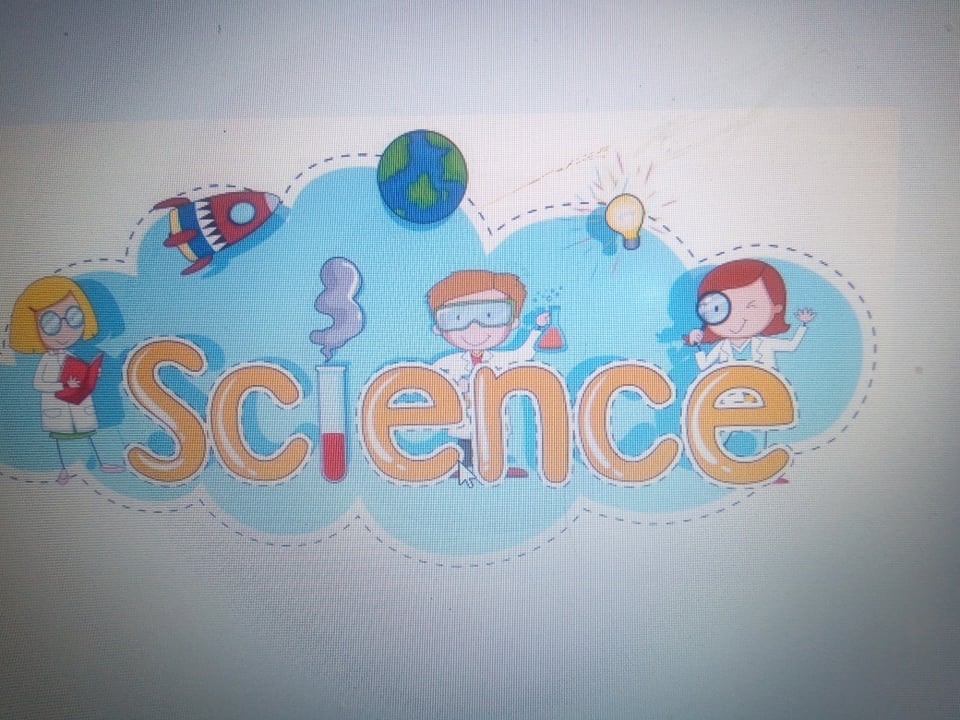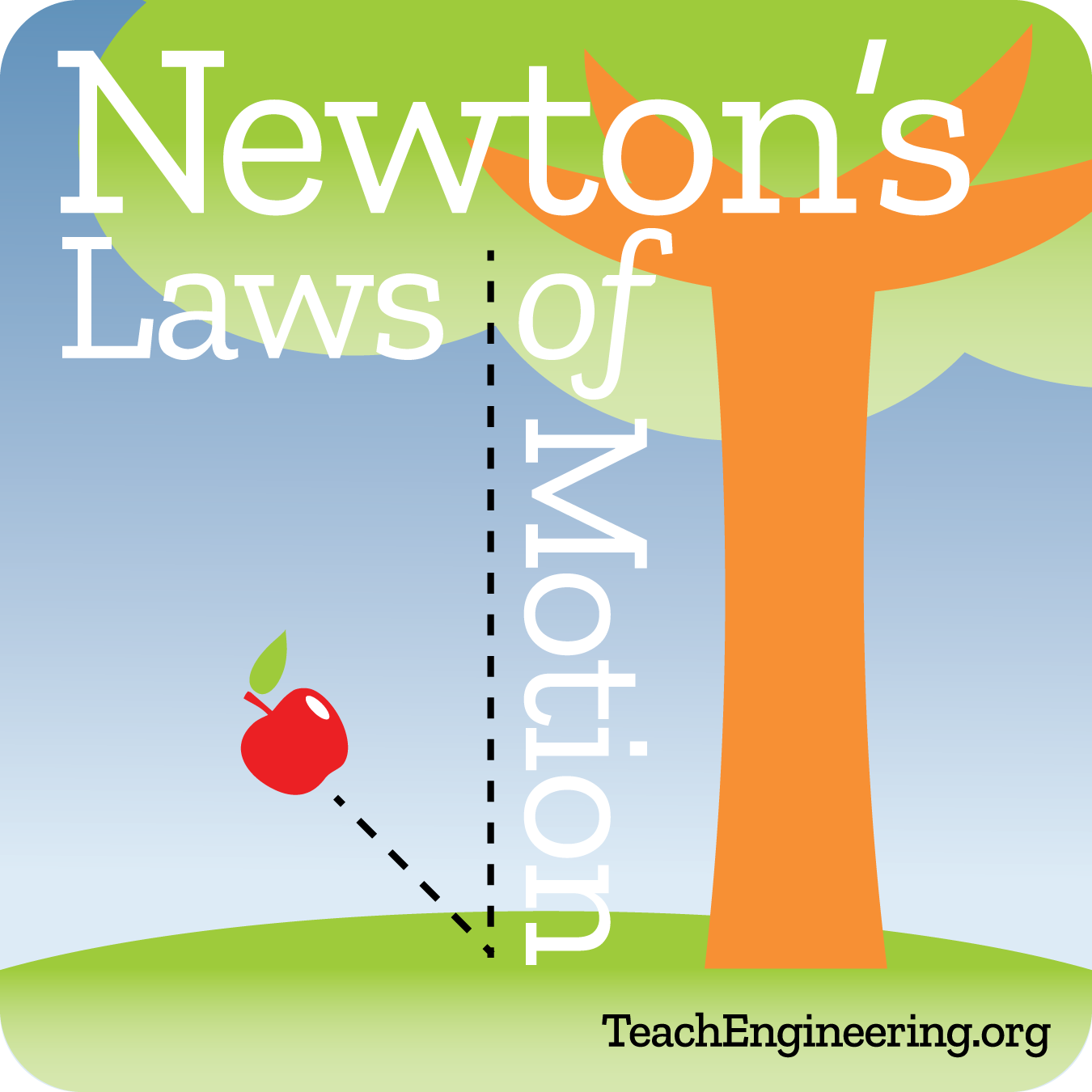
grade 7 science
matter, material substance that constitutes the observable universe and, together with energy, forms the basis of all objective phenomena.
At the most fundamental level, matter is composed of elementary particles known as quarks and leptons (the class of elementary particles that includes electrons). Quarks combine into protons and neutrons and, along with electrons, form atoms of the elements of the periodic table, such as hydrogen, oxygen, and iron. Atoms may combine further into molecules such as the water molecule, H2O. Large groups of atoms or molecules in turn form the bulk matter of everyday life
Biology 7
MELC
Described the different levels of biological organizations from cell to biosphere
Objectives:
- Trace the levels of biological organizations from cell to biosphere using illustration/diagram.
- Identify the biological organization from cell to biosphere using illustration/diagram.
- Summarize the biological organization from cell to biosphere in written form.
- Identify waste of taking care of the biological organization from cell to biosphere using video clips.

ADVANCE STEM 9
Basic Chemistry is an introductory course to Chemistry which includes topics that are necessary for a solid foundation in general chemistry. This course allows learners to use science process skills to study the fundamental structure of atoms, the way atoms combine to form compounds, and the interactions between matter and energy. It aims to provide the learners with the learning experiences that are geared towards promoting interest, demonstrate understanding and develop appreciation of the essential concepts and processes of Chemistry and its applications. It also provides learners understanding to apply chemical principles to basic problems and to draw conclusions from laboratory data.

Science8 QUARTER 1
Investigate the relationship between the amount of force applied and the mass of the object to the amount of charge in the objects motion.

Grade 7 Science MELCS
The learners demonstrate understanding of basic science concepts and application of science-inquiry skills. They exhibit scientific attitudes and values to solve
problems critically, innovate beneficial products, protect the environment and conserve resources, enhance the integrity and wellness of people, make informed
decisions, and engage in discussions of relevant issues that involve science, technology, and environment.

SCIENCE 9
The circulatory system delivers oxygen and nutrients to cells and takes away wastes.
The heart pumps oxygenated and deoxygenated blood on different sides.
The types of blood vessels include arteries, capillaries and veins.

Quarter 1-LAws of Motion
Students should be able to understand the Three Laws of Motion and be able to relate it in various situation. Furthermore, they are expected to solve problems on acceleration.

SCIENCE 10 S.Y. 2021 - 2022
In this course, student will be able to learn the following:
- relationship among the locations of volcanoes, earthquake epicenters, and mountain ranges;
- the different regions of the electromagnetic spectrum; the images formed by the different types of mirrors and lenses; the relationship between electricity and magnetism in electric motors and generators;
- how of organisms as having feedback mechanisms, which are coordinated by the nervous and endocrine systems, how these feedback mechanisms help the organism homeostasis to reproduce and survive;
- the information stored in DNA as being used to make proteins, how changes in DNA molecule may cause changes in its product, mutations that occur in sex cells as being heritable;
- how evolution through natural selection can result in biodiversity; the influence of biodiversity on the stability of ecosystems; an ecosystem as being capable of supporting a limited number of organisms;
- how gases behave based on the motion and relative distances between gas particles;
- the structure of biomolecules, which are made up mostly of a limited number of elements, such as carbon, hydrogen, oxygen, and nitrogen; and
- the chemical reactions associated with biological and industrial processes affecting life and the environment

Grade 10 Science
At the end of Grade 10, learners realize that volcanoes and earthquakes occur in the same places in the world and that these are related to plate
boundaries. They can demonstrate ways to ensure safety and reduce damage during earthquakes, tsunamis, and volcanic eruptions. Learners
can explain the factors affecting the balance and stability of an object to help them practice appropriate positions and movements to achieve
efficiency and safety such as in sports and dancing. They can analyze situations in which energy is harnessed for human use whereby heat is
released, affecting the physical and biological components of the environment. Learners will have completed the study of the entire organism
with their deeper study of the excretory and reproductive systems. They can explain in greater detail how genetic information is passed from
parents to offspring, and how diversity of species increases the probability of adaptation and survival in changing environments. Learners can
explain the importance of controlling the conditions under which a chemical reaction occurs. They recognize that cells and tissues of the human
body are made up of water, a few kinds of ions, and biomolecules. These biomolecules may also be found in the food they eat.